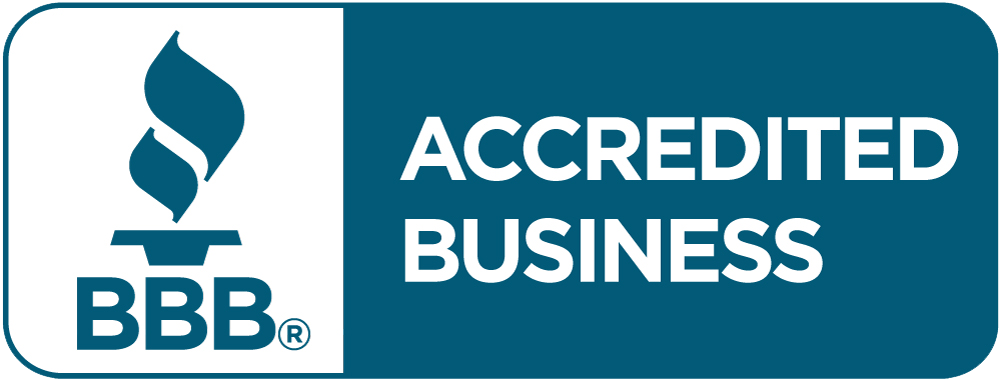IT costs can escalate quickly, but reducing expenses doesn't have to mean sacrificing security or performance. With the right strategies, businesses can cut costs, optimize resources, and strengthen cybersecurity. Here's how to achieve smarter IT spending without putting your business at risk.
1. Assess and Optimize Your IT Infrastructure
Before making any cuts, conduct a comprehensive audit of your IT infrastructure. Identify redundant systems, outdated software, and underutilized hardware.
- Virtualization: Consolidate servers using virtualization technology to reduce hardware and energy costs.
- Cloud Migration: Transitioning to cloud-based solutions can lower expenses by eliminating the need for on-premises servers and maintenance.
- Asset Management: Keep track of IT assets to avoid unnecessary purchases and ensure efficient resource allocation.
2. Embrace Managed IT Services
Outsourcing IT management to a trusted provider like TotalBC can significantly reduce costs. Managed IT services offer proactive monitoring, maintenance, and security at a predictable monthly cost, eliminating the need for an expensive in-house IT team.
- 24/7 Monitoring: Early detection of issues prevents costly downtime.
- Scalability: Pay for only the services you need, allowing flexibility as your business grows.
- Cybersecurity Protection: Managed service providers (MSPs) include robust security solutions to safeguard your network against cyber threats.
3. Implement VoIP for Cost-Effective Communication
Traditional phone systems can be expensive. Switching to a VoIP (Voice over Internet Protocol) system provides cost-effective communication with enhanced features such as call forwarding, video conferencing, and voicemail-to-email.
- Lower Call Costs: VoIP services often cost less than traditional landlines.
- Remote Work Integration: Employees can stay connected from anywhere, reducing the need for costly office setups.
- Scalability: Easily add or remove lines as your business needs change.
4. Reduce Software Licensing Costs
Software expenses can quickly escalate, especially with multiple subscriptions. Optimize your software spending by:
- Using Open-Source Alternatives: Many open-source tools offer the same functionality as paid software without licensing fees.
- Consolidating Licenses: Eliminate duplicate software and invest in enterprise-level agreements for bulk discounts.
- Opting for Subscription-Based Models: Pay only for what you use instead of purchasing expensive one-time licenses.
5. Strengthen Cybersecurity to Avoid Costly Breaches
Cutting corners on security can lead to devastating financial losses. Instead, invest in proactive cybersecurity measures that prevent breaches and reduce long-term costs.
- Multi-Factor Authentication (MFA): Adds an extra layer of protection to prevent unauthorized access.
- Endpoint Security Solutions: Protect devices from malware and ransomware attacks.
- Employee Training: Educate staff on cybersecurity best practices to reduce human error vulnerabilities.
6. Leverage Cloud-Based Storage and Collaboration Tools
Cloud storage and collaboration tools streamline operations while reducing costs associated with physical storage and outdated communication methods.
- Google Workspace & Microsoft 365: Provide cost-effective collaboration tools with built-in security features.
- Cloud Backup Solutions: Eliminate the need for costly on-premise backup servers.
- File Sharing & Remote Access: Enable seamless work from anywhere without compromising security.
7. Negotiate Vendor Contracts
Renegotiating contracts with IT vendors can lead to substantial savings.
- Bulk Discounts: Leverage your business size for better pricing.
- Flexible Payment Plans: Opt for pay-as-you-go or tiered pricing structures.
- Service Bundling: Combine services like internet, cloud storage, and VoIP to get a better deal.
8. Encourage BYOD (Bring Your Own Device) Policies
Allowing employees to use their own devices for work reduces hardware costs. However, ensure security by implementing:
- Device Management Policies: Enforce security standards for personal devices.
- Secure VPN Access: Protect company data when employees work remotely.
- Regular Security Patches: Require up-to-date security software on all devices.
9. Regularly Review and Adjust IT Budgets
A well-maintained IT budget ensures cost efficiency. Schedule periodic reviews to assess:
- Unused Subscriptions: Cancel unnecessary services.
- Technology ROI: Invest in solutions that provide tangible business value.
- IT Cost Trends: Stay updated on emerging technologies that offer better cost-to-performance ratios.
Conclusion
Cutting IT costs doesn't have to mean sacrificing security or performance. By implementing smart strategies like managed IT services, cloud solutions, automation, and cybersecurity investments, businesses can achieve significant savings while maintaining a strong technological foundation.
TotalBC specializes in helping businesses optimize IT spending without compromising quality or security. Contact us today at 866-673-8682 or schedule a consultation to explore cost-effective IT solutions tailored to your needs.



